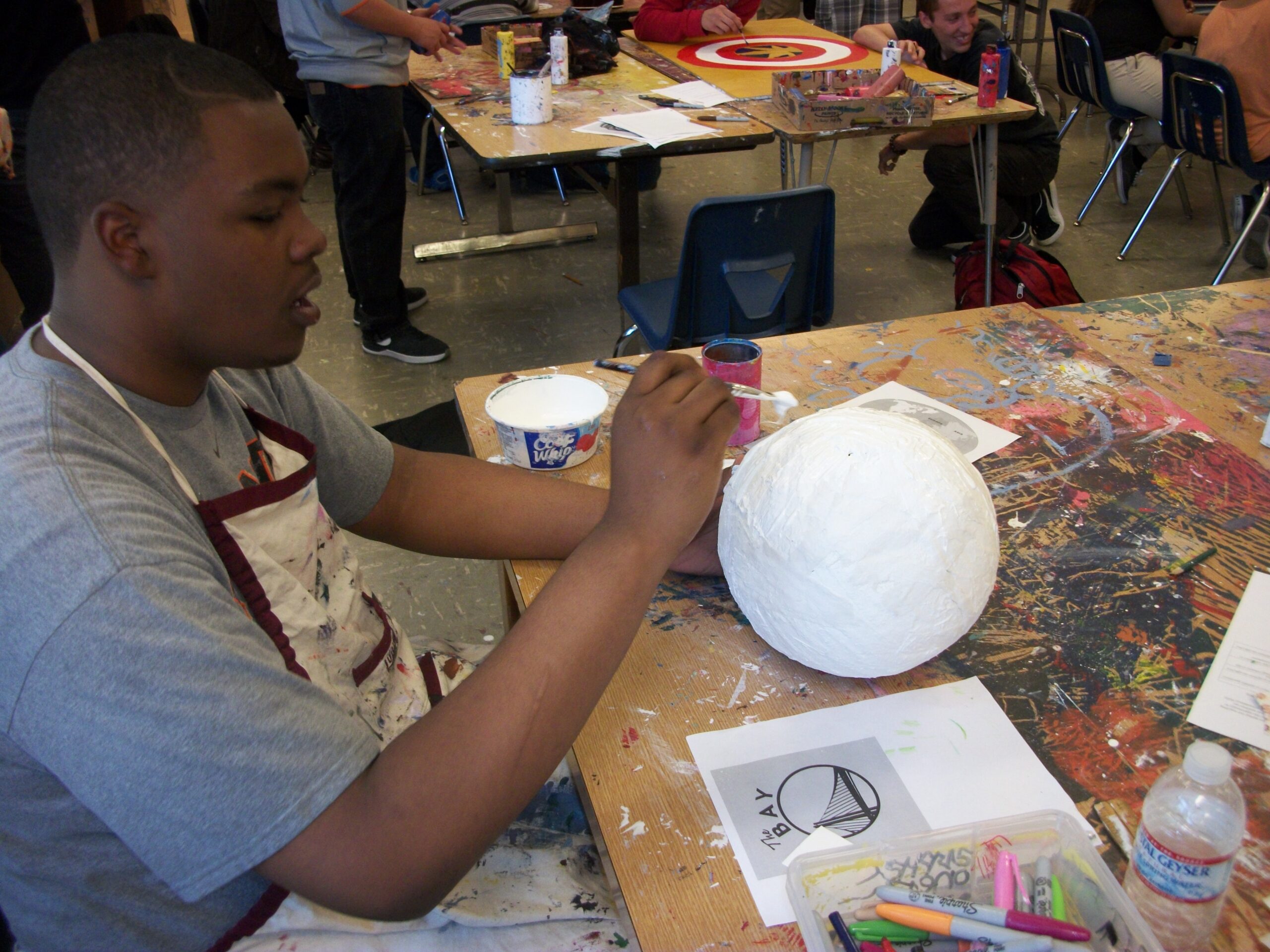What is the purpose of Art One? You’ve heard some arguments before: to learn elements and principles, encourage passion for the arts, connect to students and their stories, provide meaningful work, and get students to think like artists. While I agree with some of these philosophical rationales, these alone need extra support to transform students into artists.
Whether students elect to take an arts course or they are forced into one, our job is to awaken their inner artists. Students come into classes with stigmas and perceptions around what art is and who makes it.
We must change the narrative students have internalized; when they leave class, they need to believe they ARE artists.
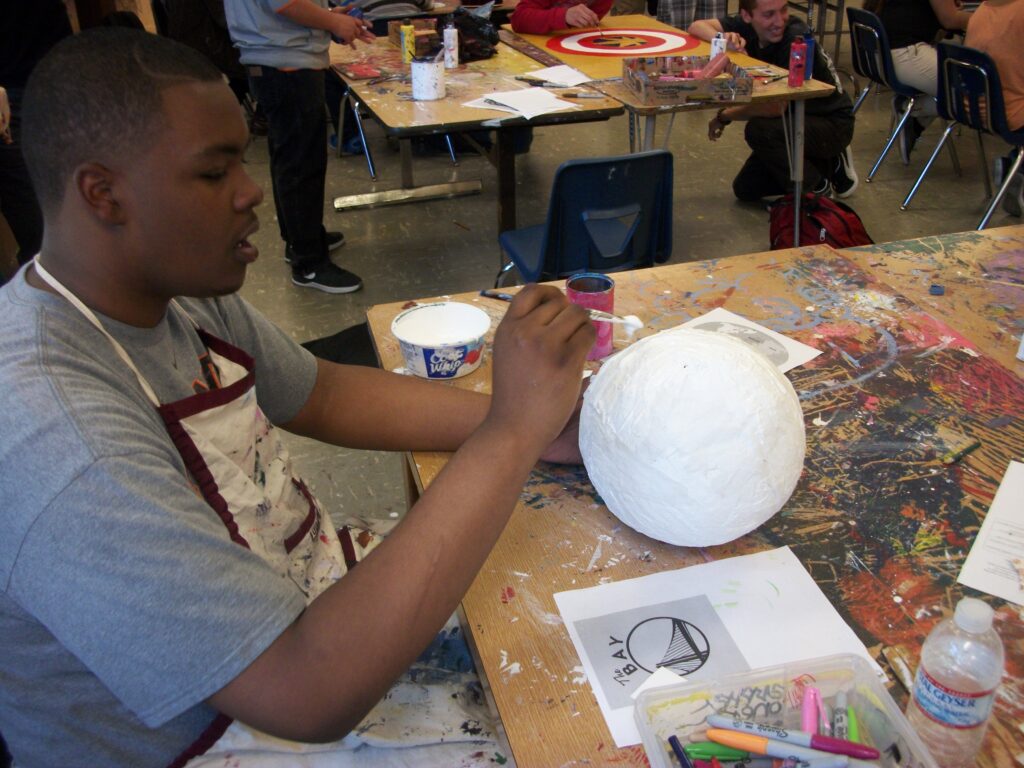
How do we awaken the inner artists in students who do not relate to the world of art? In my classroom, I have found there are four areas that help students feel like they belong in an art room: art exemplars, creating with your students, cultivating peer expertise, and having an audience.
Art Exemplars
As the art educator, we decide what art is. We are the ones who validate, reject, and define the world of art for our students. It is essential that we do not continue the scripted narrative of Western art history and limit ourselves to outdated representations of art. At my school, an average of one student per grade pursues the arts past high school. In college, that one student will be exposed to every movement, genre, name, and date our institutions deem important. What about the rest of our students? Does showing 16th-century paintings with 15th-century themes connect with 21st-century students? Overwhelmingly, it does not.
There are always exceptions, and some educators are incredible at bridging themes and content across century and continent. However, our job is to inspire and ignite the students NOW. So many students are tired of only being shown white, European, male examples that represent greatness. There are better ways to reach and empower our students.
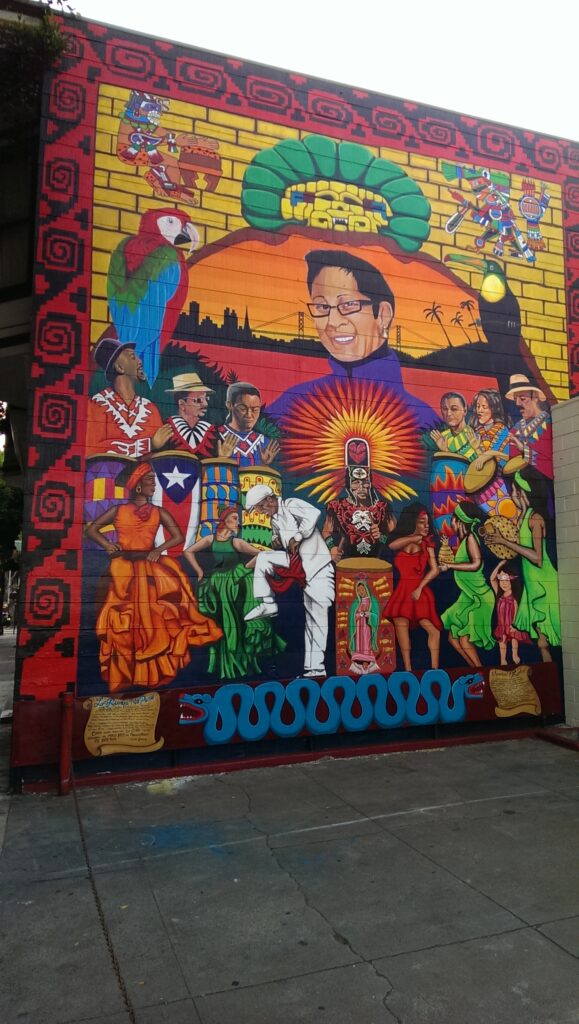
To make students believe they are artists, they must feel they belong to the arts. Visual culture is paramount for analysis of technique, content, and communication tactics in order to pique maximum student interest. Studying art that comes from the world of the museum alienates most students because the museum is not their world.
Art that can only be seen when it is paid for causes a separation between those who have and those who have not. Show public art as your representations. Find your local murals, graffiti art, sculptures, and mosaic work. Highlight a local artist from student neighborhoods. If we do not expose students to the art and artists that surround them, the narrative of artists as those “other” people with superb rendering skills will be perpetuated.
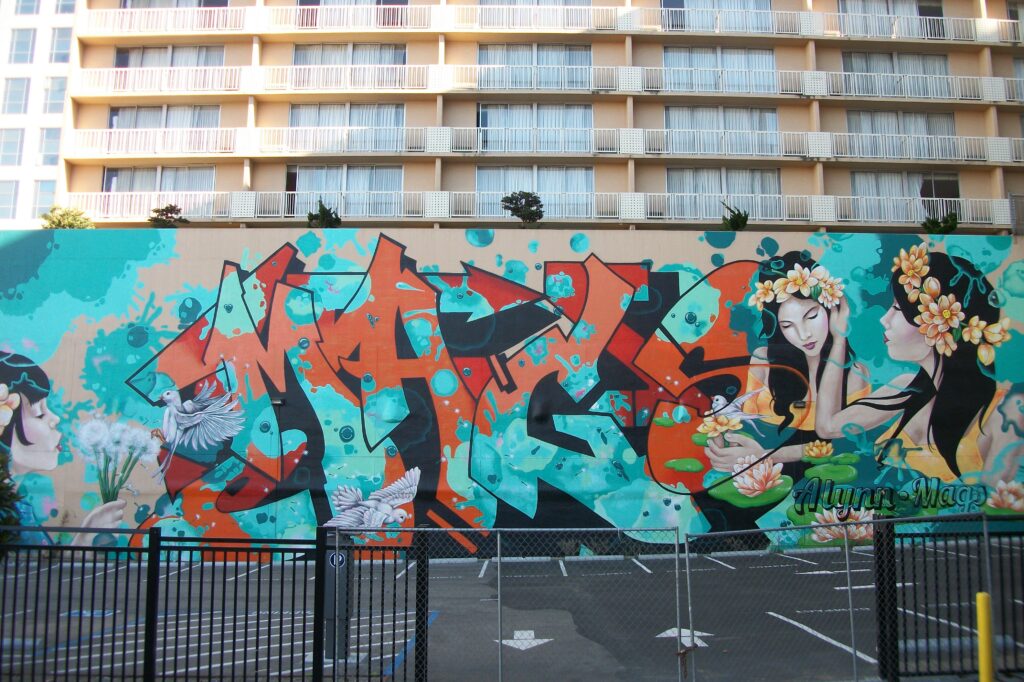
Creating with Your Students
Show students your work. Make art with them. Be vulnerable. Many students walk into Art One classes with the mentality that they will fail, that art is not meant for them. You need to be vulnerable with them and show them your artistic process and products.
How valuable is it to be able to show and tell students about the struggles, mistakes, failures, and learning lessons that have come out of your own work? How much more authentic are we as educators if we are doing work alongside our students? How much more inspired will your students be if you documented your own work and visually illustrated the thinking and grappling with concepts? If students see you as an artist leading them as artists, relevance and authenticity will increase.
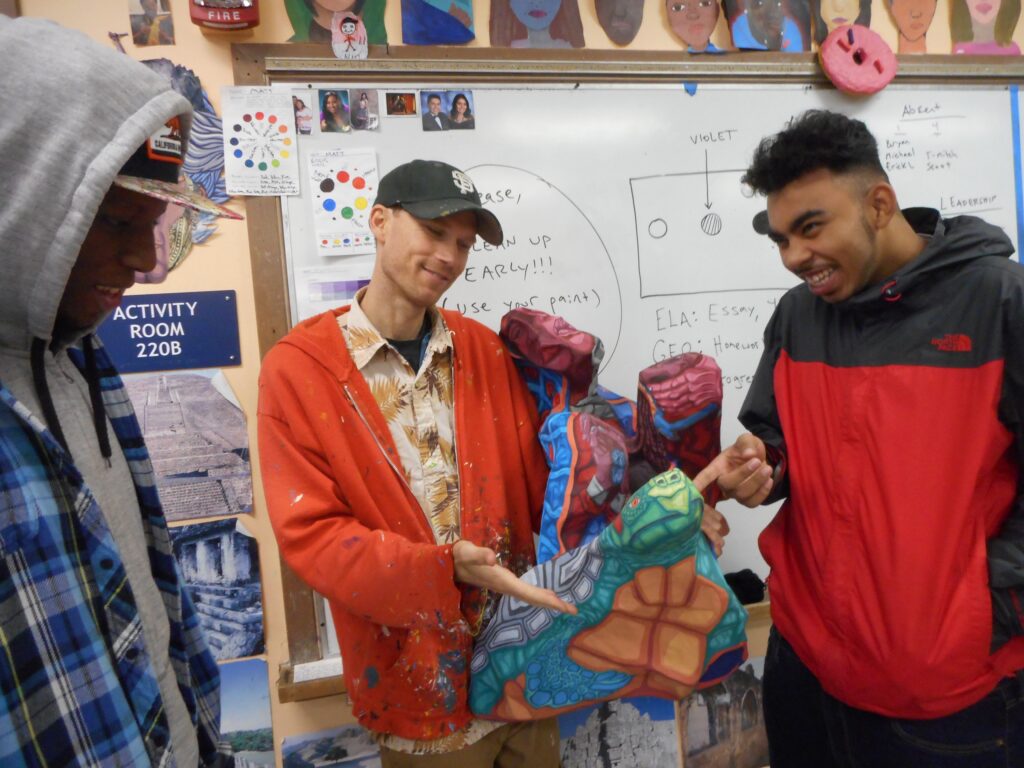
Working with students can take several different forms. You can simply show off work, or bring in work you have already created. You can make slideshows or videos documenting the steps, techniques, and process you have taken within a project. Or you can actually bring work to do while students are in their own creative practice. Students need to feel they are not disconnected student outsiders but instead co-artists within the same studio experience as their artist educators.
Cultivating Peer Expertise
The mindset that the teacher holds all the knowledge is dangerous. When students believe there is only one keeper of knowledge, they strive to replicate what they perceive the keeper wants. In order for students to believe they are artists, they have to develop expertise. Students have to see each other as fellow artists and resources, not as individual workers in a mechanized production line.
Try redirecting questions to the other students in the room. When a student wants an opinion or has a question, tell them to ask 10 other students first and evaluate the feedback. When this happens, students become less dependent on an adult figure and see themselves and their surrounding community as holding the answers. Not only is this critical for developing student artists, it reinforces the notion that individual communities are the only ones who can solve unique social problems. Authority figures and institutions are not.
Have an Audience
The questions of WHY and HOW art is made serve as the fundamental cornerstones for authentic art making. The next step to consider is the WHO. Art is communication. Artists communicate with others, and it is essential to the purpose and the choice of materials to also evaluate the audience for the art.
If the artist only seeks to create a piece for the artist’s individual experience, then that will influence the choices made. If the artist wants the piece to impact or confront a particular belief, then the audience is profoundly important. Often times the arts are used almost as individual therapy when, in reality, they have the potential to unify, challenge, and inspire many others. In our current time of Snapchat and Instagram, creating and posting works for an audience can be easily accomplished and significantly change the way students see themselves as artists.
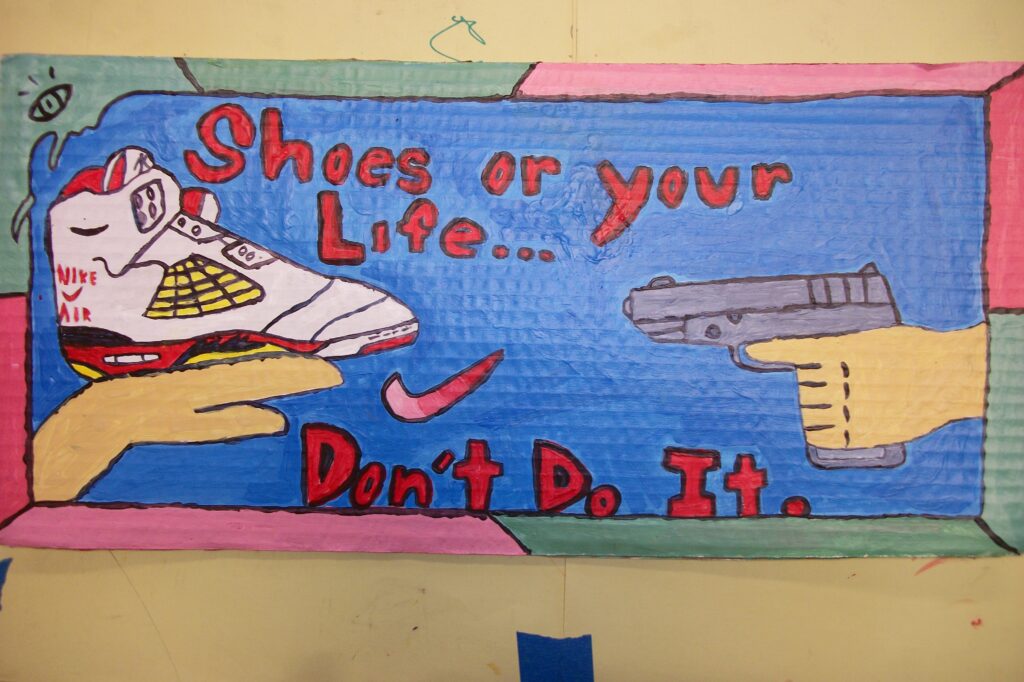
We all have our own personal rationale for being artists. Most of our students have not been exposed to our own influences. Students also do not share our same artistic interests. When we show them art that resonates with them, work as artists alongside them, cultivate peer expertise, and encourage their art to be viewed by others, students begin to see themselves as artists.
What other ways do you help students believe they are artists?
What is your philosophy of Art One education?
Magazine articles and podcasts are opinions of professional education contributors and do not necessarily represent the position of the Art of Education University (AOEU) or its academic offerings. Contributors use terms in the way they are most often talked about in the scope of their educational experiences.
